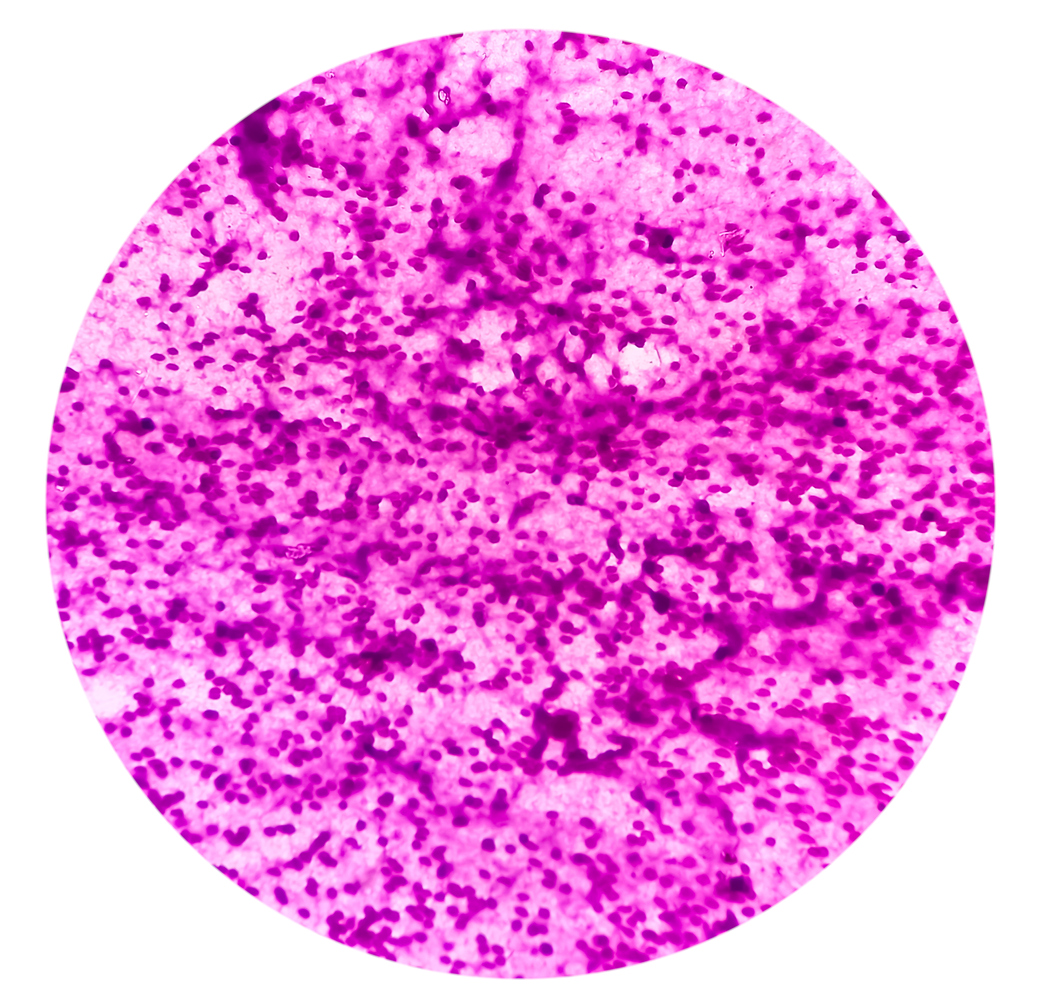Pain
What is Myasthenia Gravis (MG)?

Myasthenia gravis (MG) is a rare, lifelong autoimmune disease that involves disruption of normal communication between nerves and muscles. Nerves release a specific neurotransmitter, acetylcholine, that binds to muscle receptor sites at the neuromuscular junction of skeletal muscles. When working properly, this signals the muscles to contract. MG causes the immune system to create antibodies that block these receptor sites, resulting in communication disruption between the nerves and muscles. As fewer nerve signals are received by the muscles, muscle fatigue and weakness occur. Voluntary muscles of the body, especially the mouth, eyes, throat and limbs, are typically affected by MG.
Symptoms
Muscle weakness is the main symptom of myasthenia gravis. Oftentimes, symptoms of MG appear suddenly and typically begin in the facial area (usually with the eyelid muscles). Muscles become weaker with activity. As MG progresses, other body parts, such as the neck and limbs, are affected.
Other symptoms include, but are not limited to, the following:
- Drooping of the eyelid(s) (ptosis)
- Double vision (diplopia)
- Muscle weakness
- Fatigue
- Impaired speech or difficulty speaking
- Difficulty swallowing or chewing
- Changes in facial expressions
- Difficulty moving the head or holding the head upright
- Limb weakness
- Trouble walking
- Enlarged thymus gland
- In rare cases, breathing difficulty
Causes
Myasthenia gravis occurs when antibodies block muscle receptors from receiving a chemical the nerves need to stimulate muscle contraction. MG is not contagious. Although the exact cause of MG is unknown, current theories believe it may be a combination of genetic and environmental factors. MG may also be related to thymus gland abnormalities, which is a part of the immune system located in the upper chest area. Research continues concerning the cause of MG.
Although rare, pregnant women with MG can pass antibodies to the fetus, resulting in a temporary condition called transient neonatal myasthenia gravis. If treated promptly, symptoms typically resolve in two to three months. Some children may be born with congenital myasthenic syndrome, which is a rare, hereditary form of MG.
Risk Factors
Although it is rare in children, myasthenia gravis can affect people of all ages. Risk factors for developing MG include, but are not limited to, the following:
- Women between the ages of 20 and 40
- Men between the ages of 50 and 80
- Personal or family history of autoimmune disease, such as rheumatoid arthritis and lupus
- History of thyroid disease
- Recent infection or illness
- Recent surgery
- Medication used as treatment for heart arrhythmias, malaria, or cancer










